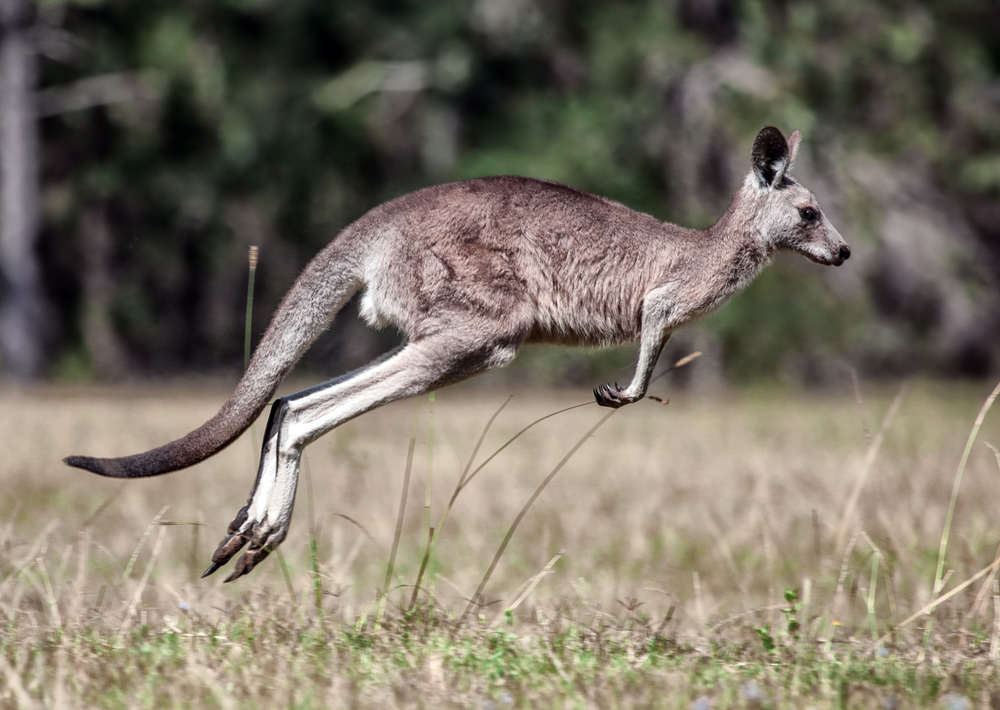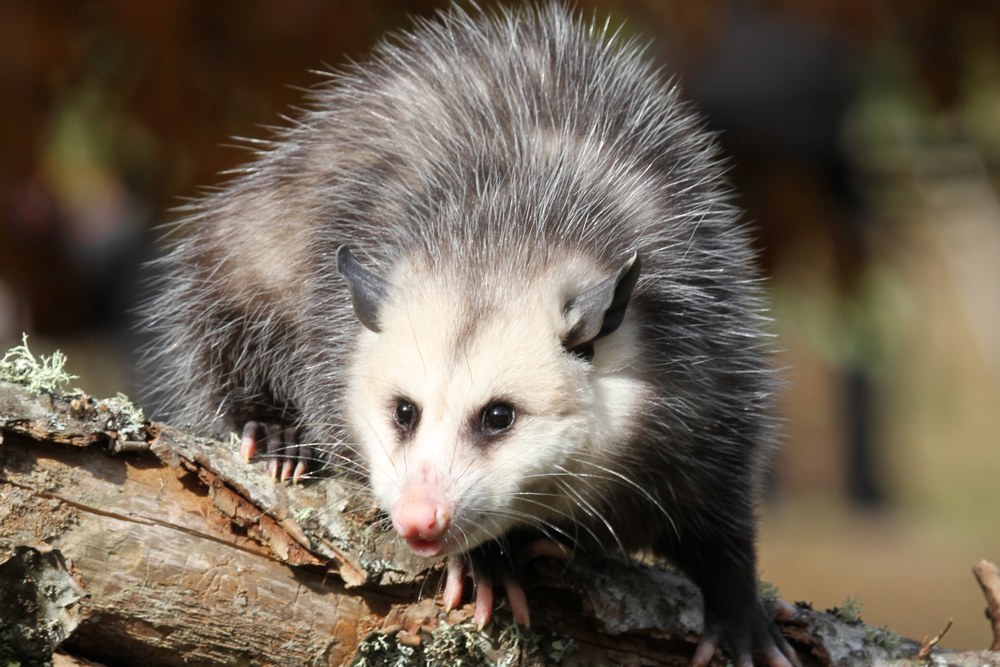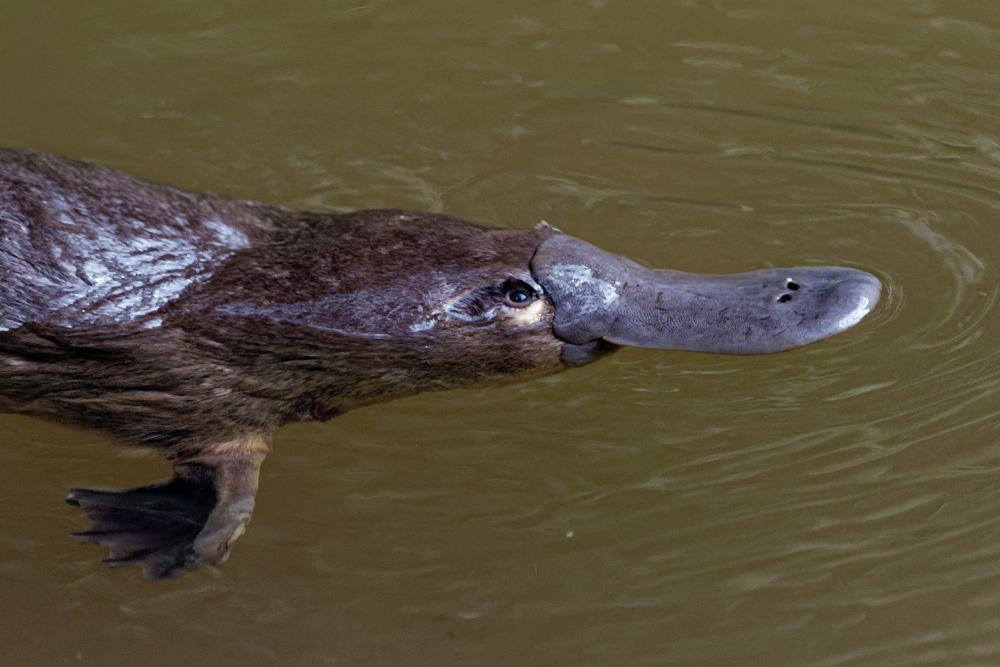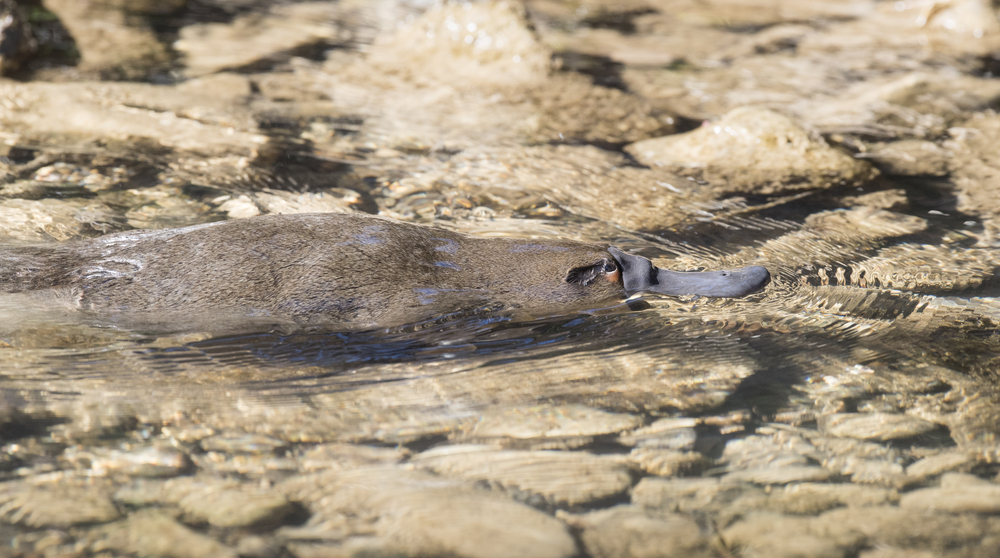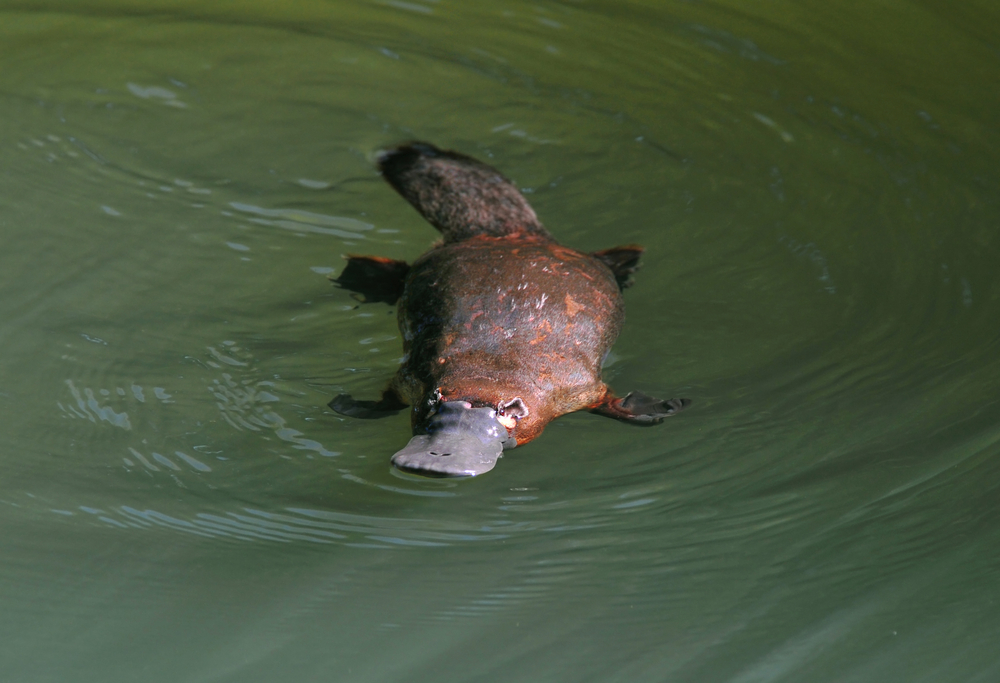The animal most similar to the Platypus is the Echidna, and together they are the only existing members of the monotreme order. Monotremes are a unique group of mammals that lay eggs instead of giving birth to live young. Here’s how Echidnas are similar to Platypuses:
- Egg-Laying Mammals: Both the Platypus and Echidnas lay eggs, a rare characteristic among mammals. This feature is more commonly associated with birds and reptiles.
- Electroreception: Echidnas, like Platypuses, have the ability to sense electrical signals. This sense is more developed in the Platypus, which uses it to detect prey underwater, but Echidnas also use it to a lesser extent.
- Mammary Glands Without Nipples: Both species feed their young with milk, but neither has nipples. Instead, milk is secreted through patches of skin, and the young lap it up directly from the mother’s fur.
- Distinctive Snouts/Bills: While the Platypus has a duck-like bill, Echidnas have a long, slender snout and a specialized tongue used for catching insects. Both these features are adaptations for their specific feeding habits.
- Unique Evolutionary Path: Platypuses and Echidnas share a unique evolutionary history, diverging from other mammals around 200 million years ago. This separate evolutionary path is why they share several primitive traits not found in other mammals.
- Australian Native: Both are native to Australia, adapted to various habitats within the continent. The Platypus is semiaquatic, while Echidnas are more terrestrial.
Despite these similarities, the Platypus and Echidna are distinct in many ways, such as their habitat, diet, and physical characteristics. These differences underscore the diversity of adaptations within the small, unique monotreme group of mammals.
































































